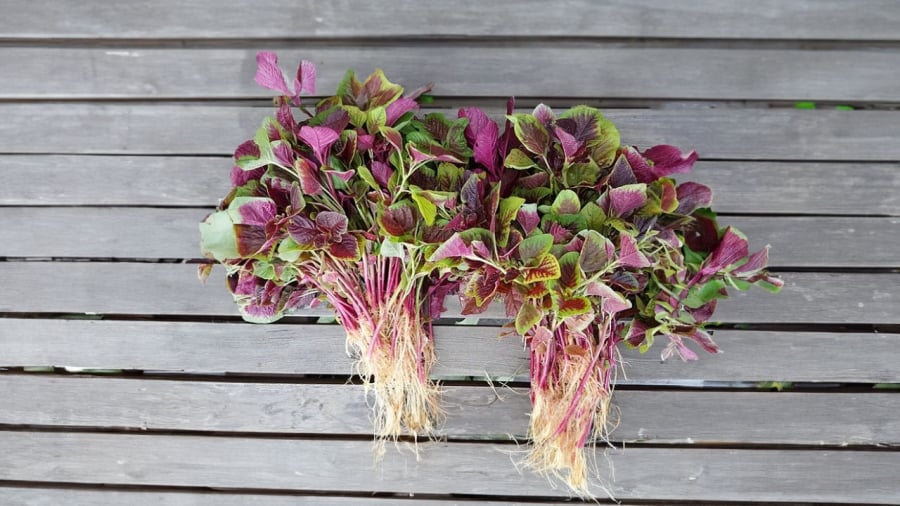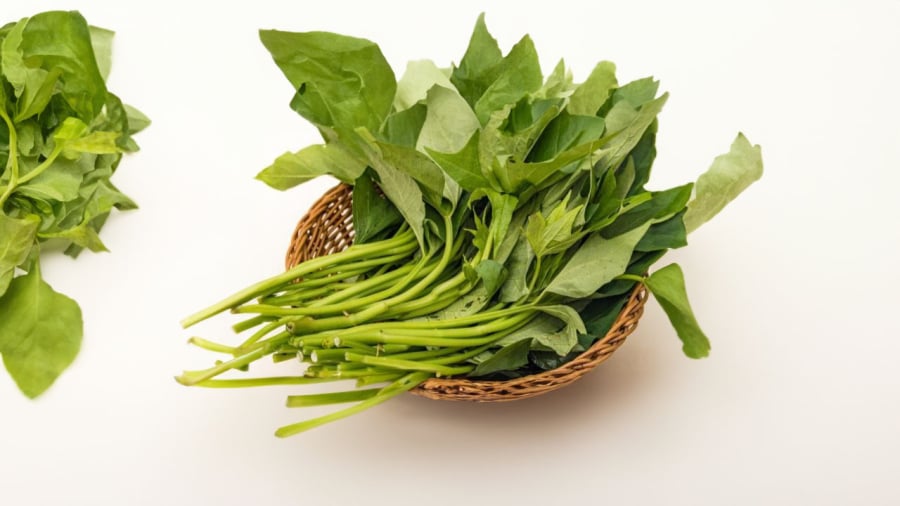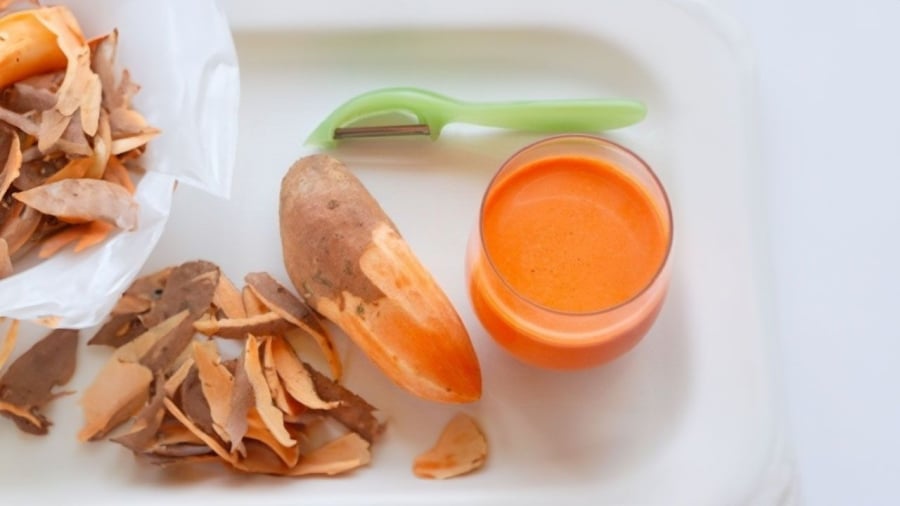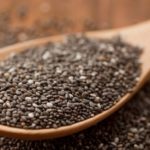During the time of poverty, we lacked meat so we mostly ate vegetables, and we often went out to pick wild vegetables that grew naturally. We had limited grains and rice, so we added cassava to our meals, but during that time, there were fewer dangerous diseases. This was because:
Science warns about the risks of consuming too much meat, but rarely mentions the dangers of consuming too many vegetables?
When our lives became wealthier, everyone had access to meat, and we often consumed more than recommended. We often hear warnings about the risks of consuming too much red meat, such as cancer, obesity, and heart diseases due to cholesterol. However, there are very few warnings about the dangers of eating too many vegetables. There is an old saying that “When hungry, eat vegetables; when sick, take medicine.” It means that when our stomachs are empty, it is safer to consume vegetables first to aid digestion and avoid burdening the body. Therefore, it seems that in the past, during times of poverty and malnutrition, those who consumed enough green vegetables had a lower risk of heart diseases, diabetes, and obesity. Now, we consume more meat than our bodies actually need.

Looking back at the wild and affordable vegetables of Vietnam, they are praised as “superfoods” around the world
Nowadays, when we look at the various types of vegetables that we used to eat out of necessity, we see that they all are considered excellent and valuable foods around the world.
Sweet potatoes: In the past, sweet potatoes were mainly fed to pigs or eaten by the hungry. However, sweet potatoes are still considered inexpensive vegetables in Vietnam, but in Japan, they are praised as superfoods. In every 100g of sweet potatoes, there are typical nutrients such as 22kcal of energy, 91.8g of water, 2.6g of protein, 2.8g of starch, 11mg of vitamin C, 900mg of vitamin B, as well as minerals such as 48mg of calcium, 54mg of phosphorus, and 2.7mg of iron. Sweet potatoes are rich in vitamins that help treat constipation, detoxify the body, prevent heart diseases, lower blood pressure, stabilize blood sugar levels, and improve the immune system. Sweet potatoes are also rich in vitamin K, which helps reduce colorectal cancer, prostate cancer, nasal cancer, oral cancer, stomach cancer, and heart diseases. In fact, studies have shown that patients with liver cancer who supplement with sufficient vitamin K daily can improve liver function.

Purslane and various wild vegetables: Purslane and other wild vegetables such as “thai lai,” “bo mam,” “rau deu,” “den com,” … used to grow along riverbanks and roadsides. But now, we know that they are all delicious and nutritious. Purslane is rich in nutrients beneficial for the body, such as vitamin A, vitamin C, vitamin E, as well as important minerals like calcium, iron, zinc, potassium, and magnesium. Additionally, because purslane is rich in antioxidants, it helps neutralize free radicals, slows down aging, enhances the immune system, and promotes beautiful skin. Purslane contains natural antibiotics that help protect the intestinal tract and inhibit harmful bacteria.

Sweet potatoes have multiple benefits: In the past, sweet potatoes were seen as a food to alleviate hunger and were mainly eaten with rice. Now we know that eating sweet potatoes is better for health than consuming white rice. Eating too much white rice can raise blood sugar levels, while sweet potatoes are rich in fiber and have a lower glycemic index. They are also rich in vitamins. Perhaps that’s why in the past, adding sweet potatoes to rice helped reduce the amount of rice consumed and increase the nutritional value of the meal. That’s why nowadays, many people reduce their rice intake and increase their consumption of sweet potatoes.
Furthermore, these ancient wild vegetables were not at risk of being contaminated by pesticides like many vegetables today, which makes them safer to consume.
Of course, with the improvement in living standards, we have gained access to better nutrition. In the past, many people suffered from malnutrition. Additionally, because healthcare wasn’t as developed back then, there were not many public health warnings like there are now. However, when looking back, it is clear that the types of food we consumed during times of poverty and scarcity in Vietnam were actually excellent for our health, and now many people seek out these old, affordable wild vegetables for their health benefits.
Explore 12 Amazing Destinations for Biking Trips
Unlock Vietnam in a brand new way with an exciting biking tour! Discover the stunning beauty of the country with Dien May XANH’s top 12 must-see destinations. From sweeping plains to clear blue beaches and mountainous vistas – experience all the sights with your own personal cycling tour. Find your ideal route and set out for an adventure today!














